While I was fortunate to have been inland and more than 60km away from the Fukushima power plant when it ruptured, on 3 March, 2011, my co-workers and I nevertheless started to get a little anxious when, just a few hours after the initial earthquake hit north-east Japan, our water supply went off.
Heading to the nearest supermarket in search of bottled water, we were met by the sight of hundreds of locals who had had the exact same idea: buy as many provisions as possible and get back indoors. By the time we found a place to park and got into the store, there was barely anything left on the shelves; it had all been snapped up by (understandably) panicked buyers. Deciding to try our luck at the local convenience store, we drove over to 7-Eleven, but found the shelves just as bare.
Although our sitation never got anywhere close to desperate, and our supply came back on about 24 hours later, the thought of not having any clean, safe drinking water really struck home for a while there.
Until it suddenly becomes unavailable, water is something that we all take for granted on a daily basis. Turn the tap and fill up a glass, fill the kettle and make a coffee, jump in the shower, wash your clothes; we use it almost constantly and can’t get by without it.
So it comes as something of a relief to hear that there are clever people out there creating devices that can do something as unfathomable as turn chemical-filled pool water into something that’s safe to drink in an emergency…
Read More


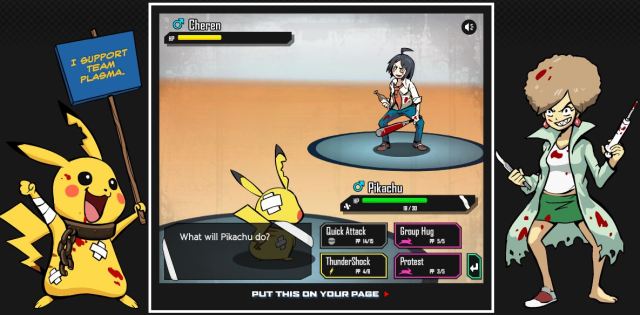
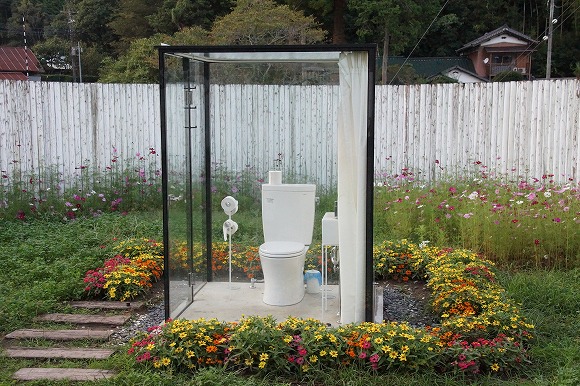
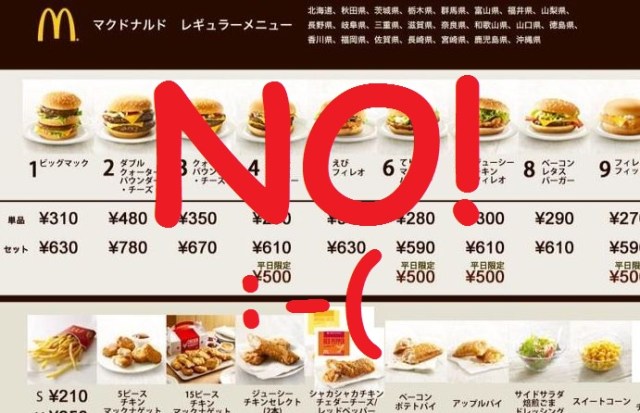



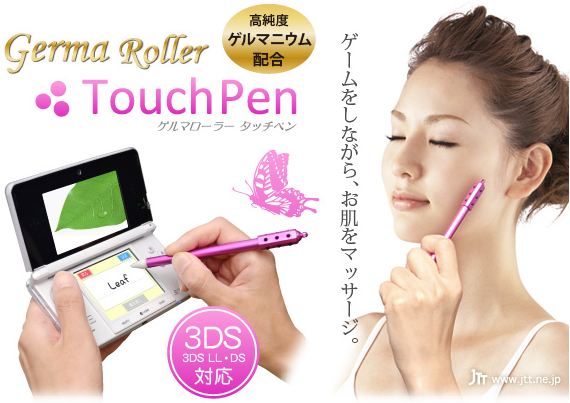

 Starbucks teams up with 166-year-old Kyoto doll maker for Year of the Horse decorations【Photos】
Starbucks teams up with 166-year-old Kyoto doll maker for Year of the Horse decorations【Photos】 Tokyo’s Tsukiji sushi neighborhood asks tour groups to stay away for the rest of the month
Tokyo’s Tsukiji sushi neighborhood asks tour groups to stay away for the rest of the month Return of Totoro sequel short anime announced for Ghibli Park
Return of Totoro sequel short anime announced for Ghibli Park Gundam and Reebok team up for new GQuuuuuuX Pumps【Photos】
Gundam and Reebok team up for new GQuuuuuuX Pumps【Photos】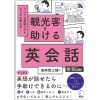 New book teaches Japanese people English to help out foreign travelers
New book teaches Japanese people English to help out foreign travelers Young Japanese adults show lowest dating experience level yet in annual survey
Young Japanese adults show lowest dating experience level yet in annual survey We spent over US$400 at a Tokyo premium capsule machine, and we’re not sure how we feel about it
We spent over US$400 at a Tokyo premium capsule machine, and we’re not sure how we feel about it Tokyo Station staff share their top 10 favorite ekiben
Tokyo Station staff share their top 10 favorite ekiben Dragon Quest Slime toys appear at McDonald’s Japan in crossover with Grimace and pals【Video】
Dragon Quest Slime toys appear at McDonald’s Japan in crossover with Grimace and pals【Video】 French artist brings the world of Studio Ghibli to life with vibrant series of watercolour prints
French artist brings the world of Studio Ghibli to life with vibrant series of watercolour prints More Shinkansen trains being added to Japan’s “golden route” to meet traveler demand
More Shinkansen trains being added to Japan’s “golden route” to meet traveler demand Japanese avoiding domestic travel as foreign tourists increase, possibly creating vicious cycle
Japanese avoiding domestic travel as foreign tourists increase, possibly creating vicious cycle Street Fighter Hadouken Churros to be launched and eaten in Tokyo, Okami pudding on offer too
Street Fighter Hadouken Churros to be launched and eaten in Tokyo, Okami pudding on offer too Japanese man who didn’t know how banks work defrauded out of 21 million yen
Japanese man who didn’t know how banks work defrauded out of 21 million yen Japanese woman mistaken for bear
Japanese woman mistaken for bear This hot springs town in Japan sets fire across a mountain every winter in a beautiful tradition
This hot springs town in Japan sets fire across a mountain every winter in a beautiful tradition Tokyo considering law requiring more trash cans following litter increase in heavily touristed area
Tokyo considering law requiring more trash cans following litter increase in heavily touristed area Japan’s human washing machines will go on sale to general public, demos to be held in Tokyo
Japan’s human washing machines will go on sale to general public, demos to be held in Tokyo Starbucks Japan unveils new Christmas goods and a rhinestone tumbler that costs 19,500 yen
Starbucks Japan unveils new Christmas goods and a rhinestone tumbler that costs 19,500 yen Real-world Nausicaa Ghibli anime glider completes its final flight in Japan【Video】
Real-world Nausicaa Ghibli anime glider completes its final flight in Japan【Video】 Japanese train company is letting fans buy its actual ticket gates for their homes
Japanese train company is letting fans buy its actual ticket gates for their homes Is China’s don’t-go-to-Japan warning affecting tourist crowds in Tokyo’s Asakusa neighborhood?
Is China’s don’t-go-to-Japan warning affecting tourist crowds in Tokyo’s Asakusa neighborhood? The 10 best day trips from downtown Tokyo【Survey】
The 10 best day trips from downtown Tokyo【Survey】 Nintendo’s Kirby now delivering orders at Kura Sushi restaurants, but not in Japan
Nintendo’s Kirby now delivering orders at Kura Sushi restaurants, but not in Japan Tokyo event lets you travel back in time, for free, to celebrate 100 years since Showa era start
Tokyo event lets you travel back in time, for free, to celebrate 100 years since Showa era start A guide to visiting Sagamiko Illumination, one of the three biggest light-ups in Kanto
A guide to visiting Sagamiko Illumination, one of the three biggest light-ups in Kanto Survey asks foreign tourists what bothered them in Japan, more than half gave same answer
Survey asks foreign tourists what bothered them in Japan, more than half gave same answer Japan’s deadliest food claims more victims, but why do people keep eating it for New Year’s?
Japan’s deadliest food claims more victims, but why do people keep eating it for New Year’s? We deeply regret going into this tunnel on our walk in the mountains of Japan
We deeply regret going into this tunnel on our walk in the mountains of Japan Studio Ghibli releases Kodama forest spirits from Princess Mononoke to light up your home
Studio Ghibli releases Kodama forest spirits from Princess Mononoke to light up your home Major Japanese hotel chain says reservations via overseas booking sites may not be valid
Major Japanese hotel chain says reservations via overseas booking sites may not be valid Put sesame oil in your coffee? Japanese maker says it’s the best way to start your day【Taste test】
Put sesame oil in your coffee? Japanese maker says it’s the best way to start your day【Taste test】 The top 10 annoying foreign tourist behaviors on trains, as chosen by Japanese people【Survey】
The top 10 annoying foreign tourist behaviors on trains, as chosen by Japanese people【Survey】 No more using real katana for tourism activities, Japan’s National Police Agency says
No more using real katana for tourism activities, Japan’s National Police Agency says Starbucks Japan reveals new sakura drinkware collection, inspired by evening cherry blossoms
Starbucks Japan reveals new sakura drinkware collection, inspired by evening cherry blossoms Young Japanese adults show lowest dating experience level yet in annual survey
Young Japanese adults show lowest dating experience level yet in annual survey We spent over US$400 at a Tokyo premium capsule machine, and we’re not sure how we feel about it
We spent over US$400 at a Tokyo premium capsule machine, and we’re not sure how we feel about it Tokyo Station staff share their top 10 favorite ekiben
Tokyo Station staff share their top 10 favorite ekiben Dragon Quest Slime toys appear at McDonald’s Japan in crossover with Grimace and pals【Video】
Dragon Quest Slime toys appear at McDonald’s Japan in crossover with Grimace and pals【Video】 French artist brings the world of Studio Ghibli to life with vibrant series of watercolour prints
French artist brings the world of Studio Ghibli to life with vibrant series of watercolour prints 7-Eleven now sells rice burgers in Japan, blurring the line between fast and convenience store food
7-Eleven now sells rice burgers in Japan, blurring the line between fast and convenience store food Japanese Cabinet to officially announce new romanization spelling recommendation next week
Japanese Cabinet to officially announce new romanization spelling recommendation next week Nearly half of young Japanese men in survey have never had a girlfriend, zero-boyfriend women rise too
Nearly half of young Japanese men in survey have never had a girlfriend, zero-boyfriend women rise too More people in Japan quit sending New Year’s cards and many have started to regret it
More people in Japan quit sending New Year’s cards and many have started to regret it Exercise your English and your toilet humor with Benza English
Exercise your English and your toilet humor with Benza English The etiquette rules for visiting Shinto shrines in Japan
The etiquette rules for visiting Shinto shrines in Japan Japanese hostess club women share the top five unattractive things guys do all the time
Japanese hostess club women share the top five unattractive things guys do all the time The One Piece Mos Burger lucky bag basically gives you exclusive anime merch for free
The One Piece Mos Burger lucky bag basically gives you exclusive anime merch for free We take a ride on Seibu Railway’s futuristic luxury liner: the Limited Express Laview
We take a ride on Seibu Railway’s futuristic luxury liner: the Limited Express Laview